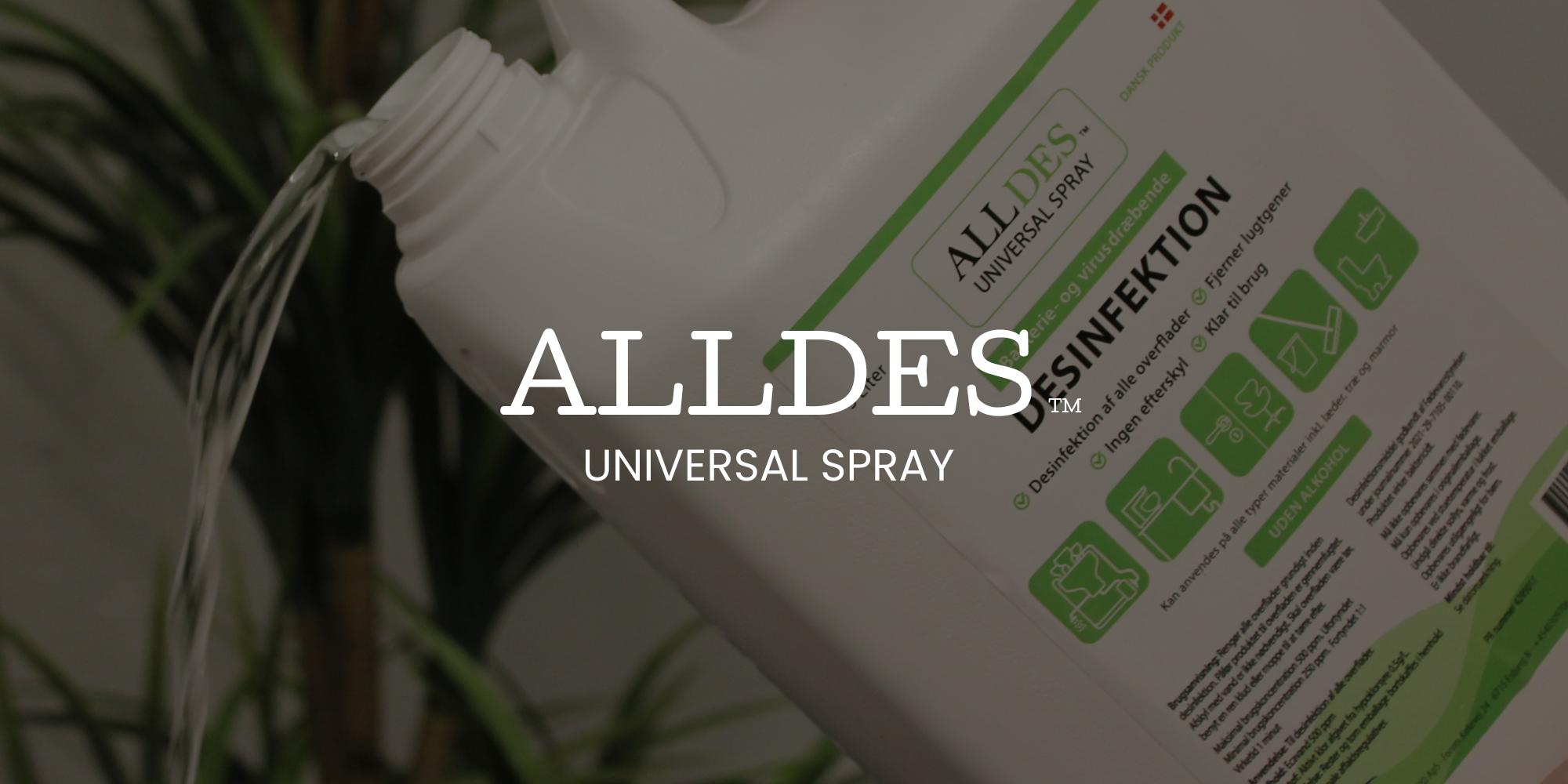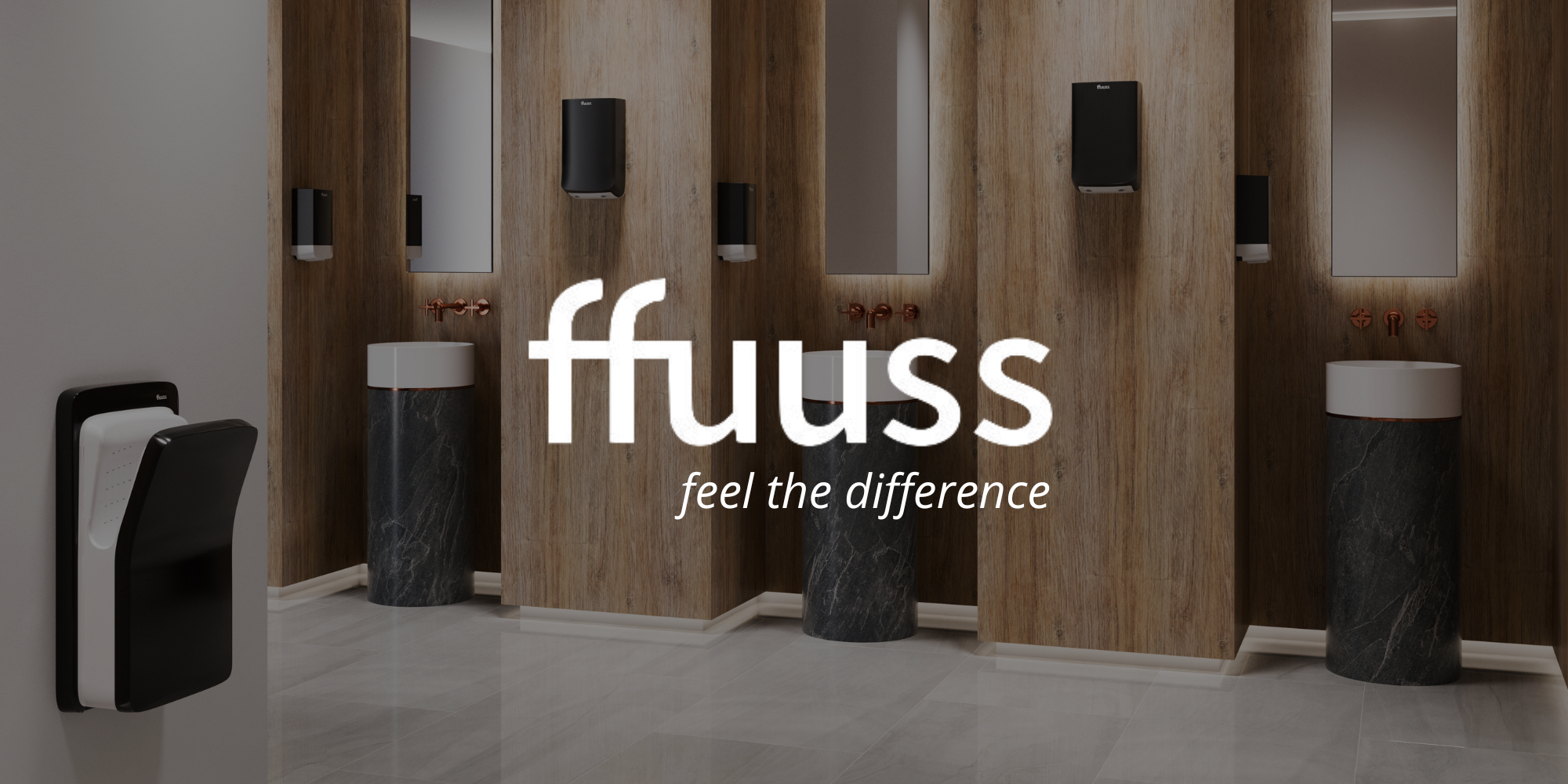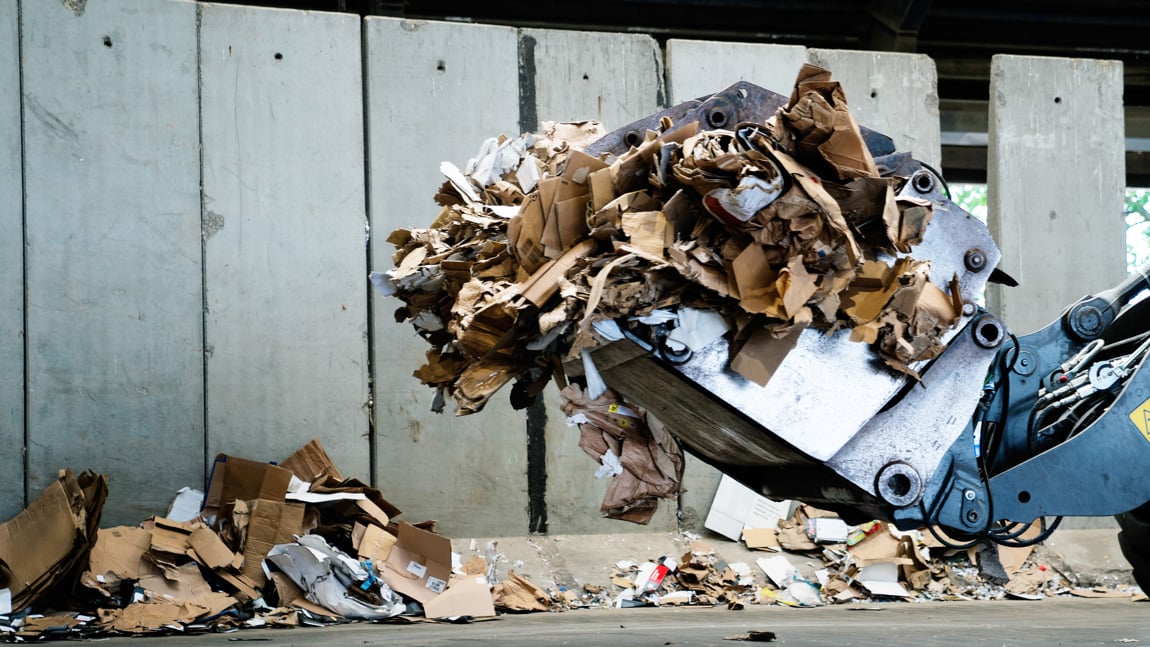Effektiv affaldssortering i erhvervsbygninger er blevet en afgørende del af den daglige drift i mange virksomheder. Fra kontorbygninger og fabrikker til butikker og restauranter er det nødvendigt at minimere affaldsmængden og sikre korrekt affaldshåndtering af det affald, der genereres. Dette kræver ikke blot engagerede medarbejdere og effektive systemer, men også tydelige affaldsbeholdere med klare instruktioner og farvekoder.
Hvorfor er affaldssortering så vigtig i erhvervsbygninger?
- Miljøbeskyttelse og ressourcebesparelse: Affaldssortering reducerer belastningen på miljøet, da det muliggør genbrug og genanvendelse af materialer. Genbrug af papir, plast og metal sparer energi og naturressourcer og reducerer den mængde affald, der ender som restaffald eller på lossepladsen. Det er et vigtigt skridt mod mere bæredygtige affaldsløsninger.
- Økonomiske fordele: Mange kommuner og affaldsselskaber tilbyder lavere affaldsafgifter til virksomheder, der sorterer korrekt. Dette kan medføre økonomiske besparelser for virksomheden, især i større erhvervsbygninger med mange medarbejdere og en stor affaldsmængde.
- Positivt image og virksomhedens ansvar: En tydelig indsats for bæredygtighed kan styrke virksomhedens image og tiltrække kunder, partnere og medarbejdere, der værdsætter miljøansvar. Det kan også bidrage til et sundere og mere behageligt arbejdsmiljø for medarbejderne. Affaldssortering på arbejdspladsen sender et stærkt signal om ansvarlighed.
Vigtigheden af tydelige affaldsbeholdere
En effektiv affaldssortering kræver, at medarbejdere og besøgende hurtigt kan identificere, hvilken beholder der er til hvad type affald. Tydelige affaldsbeholdere med farvekoder og synlige symboler gør det lettere for alle at sortere korrekt og reducerer risikoen for fejlsortering. Dette er en nøglefaktor i god affaldshåndtering i virksomheder.
Hvad kan tydelige affaldsbeholdere opnå?
- Øger korrekt sortering: Når affaldsbeholderne er klart markeret, bliver det lettere for medarbejderne at vælge den rigtige beholder – og dermed at sortere korrekt.
- Reducerer fejlsortering: Klare instruktioner på beholdere mindsker risikoen for, at affald, der kunne genanvendes, ender i restaffaldet. Fejlsortering kan i nogle tilfælde føre til bøder fra affaldsselskaber, hvis affaldet ikke er korrekt fordelt.
- Giver bedre udnyttelse af genbrugsmaterialer: Når affaldet er korrekt sorteret, øger det chancerne for, at materialer som plast, papir og metal genbruges effektivt. Dette reducerer behovet for nye råmaterialer og bidrager til en cirkulær økonomi i virksomheder.
Tips til implementering af tydelige affaldsbeholdere i erhvervsbygninger
- Farvekodede beholdere: Brug farvekoder, der er internationalt genkendelige – f.eks. blå til papir, gul til plast og grøn til organisk affald – så alle, uanset sprogfærdigheder, nemt kan forstå sorteringssystemet.
- Synlige instruktioner: Sørg for, at affaldsbeholderne har letforståelige skiltninger, gerne med symboler og billeder, der gør det klart, hvad der skal smides i hver beholder.
- Placering: Placer affaldsbeholderne strategisk på steder med meget trafik, såsom i kantinen, ved indgangsområder og på kontoret. Dette øger sandsynligheden for, at folk rent faktisk bruger dem.
- Opfølgning og træning: Det kan være en god idé at give medarbejderne træning i affaldssortering og oplyse om betydningen heraf. Regelmæssige påmindelser og opfølgning kan holde sorteringsindsatsen på sporet.
Affaldssortering er et afgørende skridt i retning af at reducere miljøpåvirkningen fra affald i erhvervsbygninger. Tydelige affaldsbeholdere med klare instruktioner gør det nemt for medarbejdere og besøgende at sortere korrekt, hvilket er med til at sikre en bæredygtig og ansvarlig affaldshåndtering. Ved at investere i klare affaldsløsninger kan virksomheder opnå både miljømæssige, økonomiske og image-mæssige fordele – til gavn for både forretningen og planeten.
Ofte stillede spørgsmål (FAQ):
1. Hvorfor er affaldssortering vigtigt i en erhvervsbygning? Affaldssortering reducerer miljøpåvirkningen ved at gøre det muligt at genbruge og genanvende materialer, hvilket sparer energi og ressourcer. Derudover kan korrekt sortering føre til økonomiske besparelser gennem lavere affaldsafgifter og styrke virksomhedens image som en miljøansvarlig arbejdsplads.
2. Hvilke fordele er der ved tydelige affaldsbeholdere med klare instruktioner? Tydelige beholdere mindsker risikoen for fejlsortering, da medarbejdere og besøgende hurtigt kan finde den rette beholder. Klare instruktioner fremmer korrekt sortering, hvilket sikrer, at mere affald kan genbruges, og reducerer samtidig risikoen for eventuelle bøder for forkert affaldshåndtering.
3. Hvad betyder farvekodede beholdere, og hvordan kan de hjælpe? Farvekodede beholdere bruger forskellige farver til forskellige typer affald, som f.eks. blå til papir, gul til plast og grøn til organisk affald. Dette system gør det lettere for alle, uanset sproglige færdigheder, at forstå sorteringen og vælge den rette beholder.
4. Hvordan kan man implementere en effektiv affaldssortering på arbejdspladsen? Effektiv affaldssortering kan opnås ved at placere affaldsbeholdere strategisk i områder med meget trafik, tydeligt markere beholdere med instruktioner og symboler, og tilbyde medarbejdertræning i affaldssortering. Løbende opfølgning kan også hjælpe med at opretholde en korrekt sortering.
5. Hvordan kan affaldssortering forbedre virksomhedens omdømme? En virksomhed, der aktivt sorterer affald og arbejder for bæredygtighed, opfattes ofte som mere miljøansvarlig og attraktiv for både kunder, partnere og medarbejdere. Affaldssortering viser, at virksomheden tager ansvar for sin miljøpåvirkning, hvilket kan styrke virksomhedens image og skabe en mere positiv arbejdsplads.












